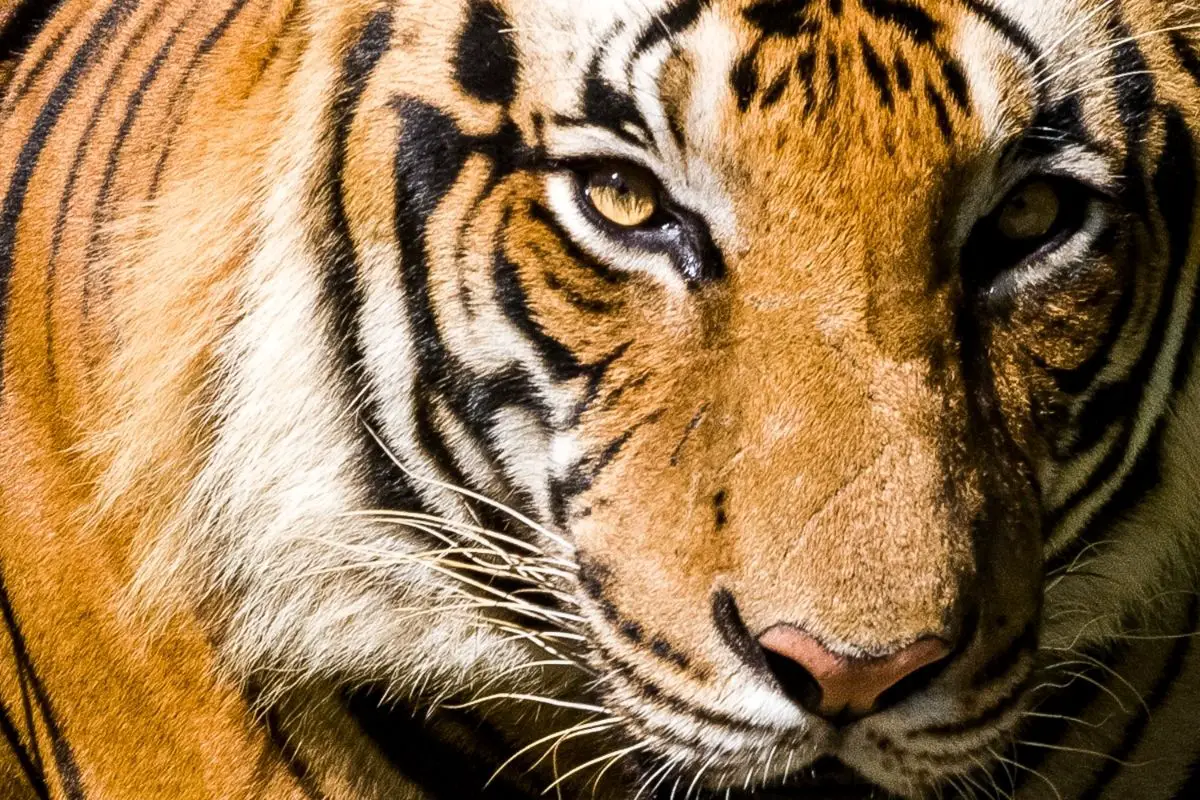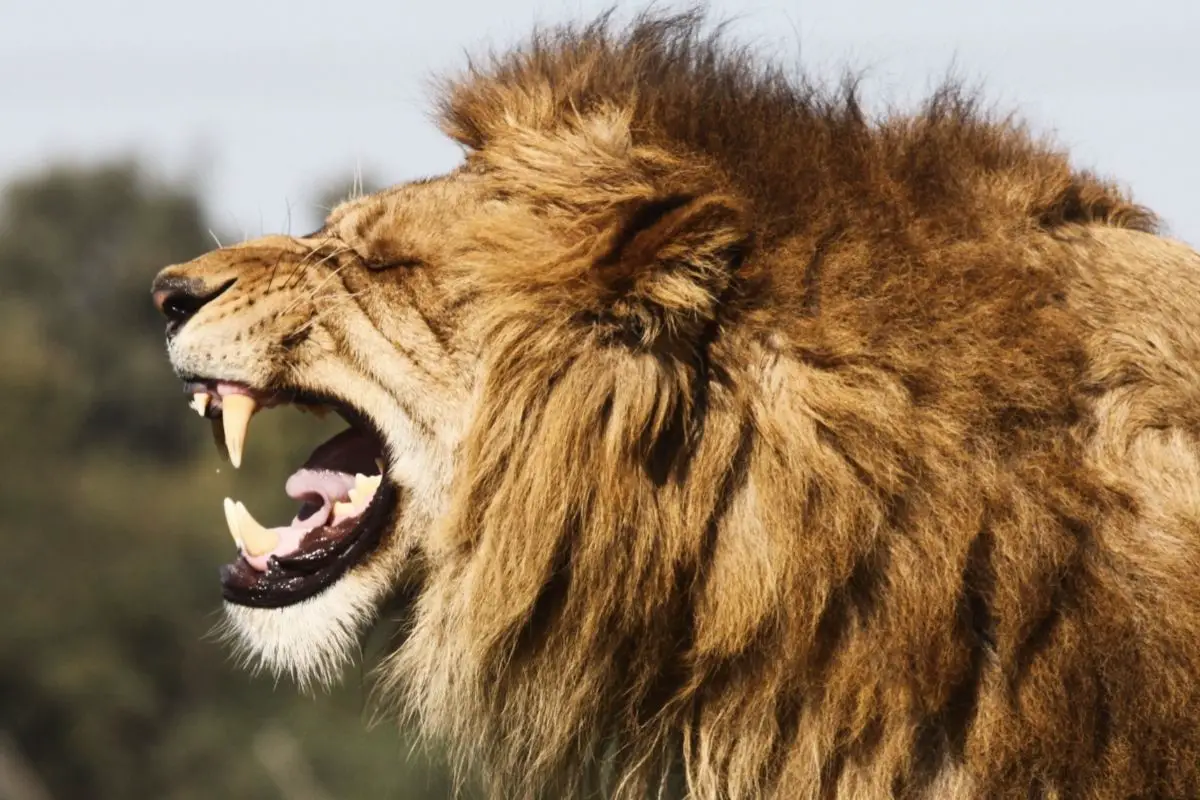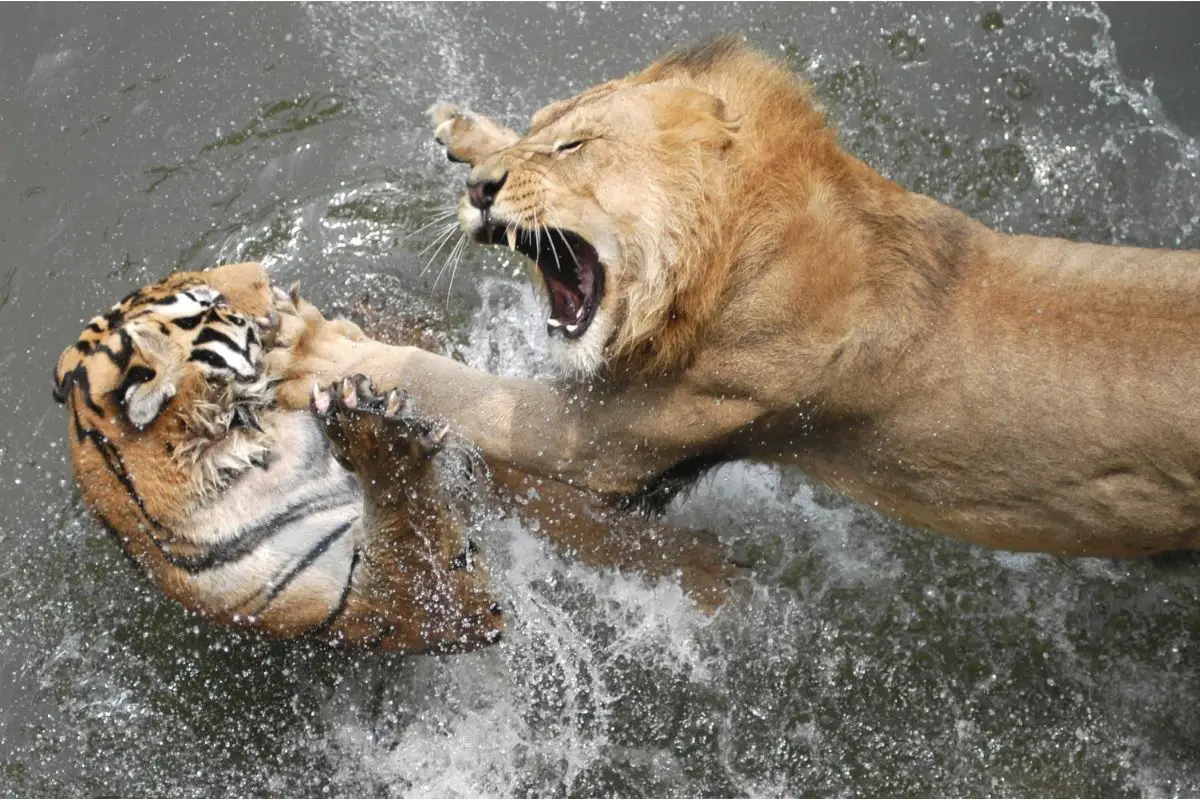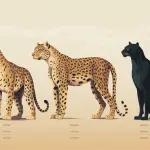Mountain lions are a species within the cat kingdom but would be more closely related to a domestic cat than a lion in the Savanna.
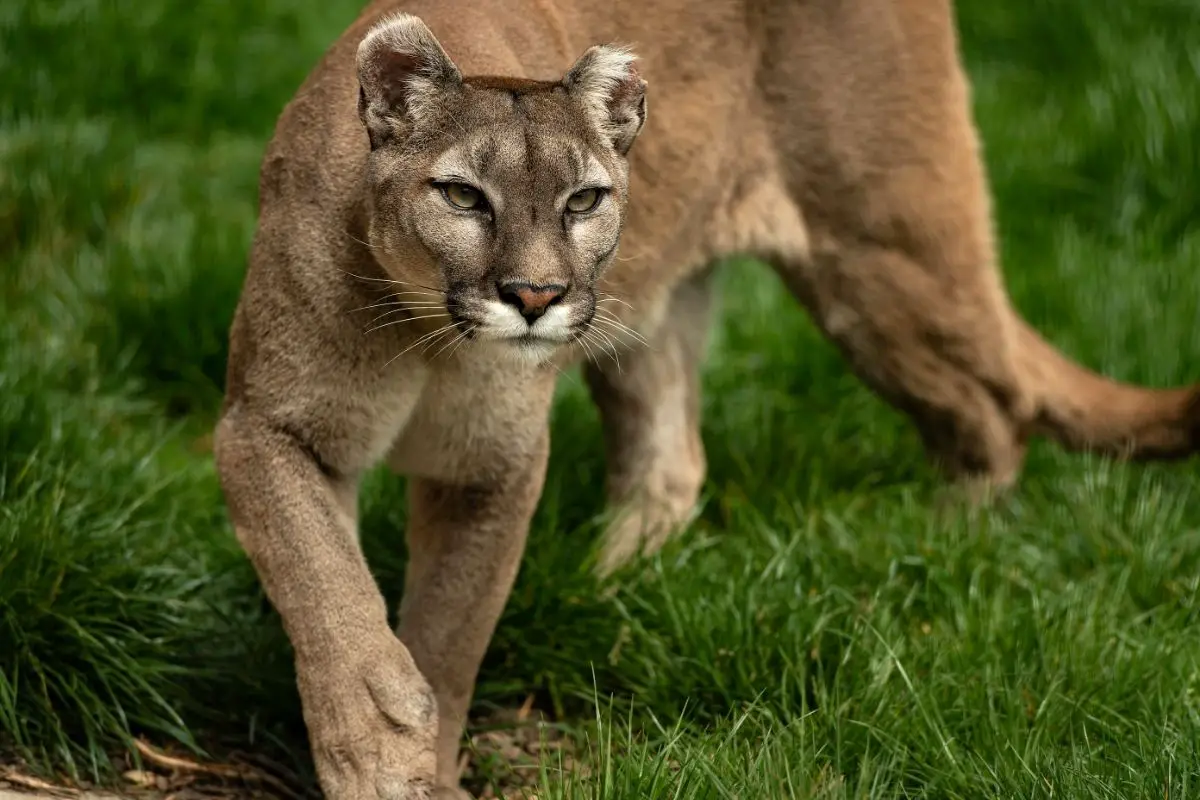
These creatures are still incredibly powerful and are one of the most spread out cat species, living in environments stretching from Canada’s more Northern peninsula down to Chile.
There is a lot to learn about this interesting animal and here we look at the basics as well as their eating habits, which may surprise you.
About Mountain Lions
Mountain lions are solitary cats and are active at dusk and dawn.
They hunt when they are hungry and the female mountain lion is responsible for hunting to source food for her kittens.
They will roam far and wide to find food, especially if they are hungry.
The mountain lion will usually have a den and they will move away from their home in a zig-zag pattern, this is often to protect young cubs, and they take advantage of cover to protect themselves from threats and to give them the ability to pounce on prey.
Wild mountain lions live for up to 13 years. With so many active threats it is very rare in modern times that a mountain lion will even reach this age.
Mountain lions are hunted for recreational purposes, shot if they threaten local livestock, or when spotted they are killed out of fear.
Mountain lions do serve an important role in the ecology of America and so they should be let live freely and happily.
They are referred to as keystone species and when removed from an ecosystem this affects the health and function of the ecosystem as a whole and also prevents biodiversity within this space.
Mountain Lions Habitat
Mountain lions are highly adaptable creatures. This is why you can find them in snowy forests hiding behind frozen foliage or in the warm climate of Chile.
Much of the mountain lions’ once vast habitat has been lost due to human activities.
Many years ago mountain lions roamed freely across most of America but now the population of mountain lions has been affected by the culling of this species as a result of bounty hunts across America in the 1900s.
Mountain lions were culled as they were seen as a threat to new colonies that formed near or around their habitats.
The population was also affected as a result of kitten orphaning, poisoning, and as a result of their lost habitat.
Now you will only find this species in 15 western states in the United states.
Mountain Lions Senses
This cat species has incredible vision, with their large oval pupils enabling them to see a wide field of vision even at nighttime.
The pupils become very small during the daytime to ensure sharp focus and that the light-sensitive cells in the eyes are protected.
They also have very acute hearing and can hear ultrasonic frequencies.
They have the ability to move their ears either individually or together to focus on certain sounds.
Their sharp hearing is a result of the enlarged audio bullae which enhances this animal’s sensitivity to sound.
Like most cat species, the mountain lion uses scents to find a mate and can use it when looking for food but their nose is mostly used for mating once they reach the age of sexual maturity.
What Mountain Lions Eat
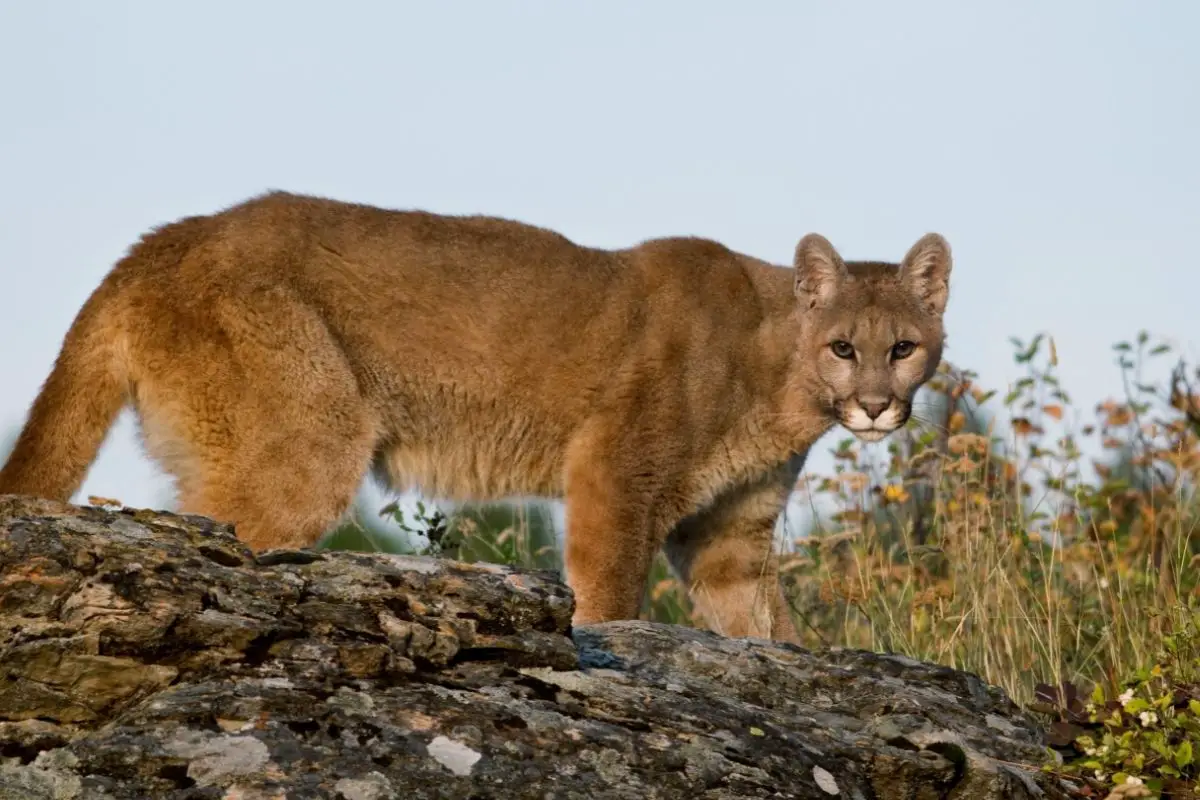
Mountain lions are carnivores and so meat is the staple food of their diet.
They can eat up to 30 pounds of meat at once and often mountain lions will eat their prey where they drop rather than dragging them elsewhere to eat.
If they do not finish a carcass they tend to bury it and return later to finish their meal as opposed to scavenging, like other animals tend to do to survive.
What they eat depends on what is in their area but mountain lions are led by their hunger and will roam to find food, although they often return to areas where food has previously been sourced.
Mountain lions have evolved to have teeth that enable them to pierce through thick hyde and skin to get food.
Their molar teeth, also called the carnassial teeth, have been adapted so that they can be used to tear flesh.
Often mountain lions will hide in trees and await a potential prey animal to come along.
When they spot an animal they pounce on their prey, leaping from the tree and killing them by delivering a lethal bite to the spinal cord, killing them instantly.
Their claws also play a role in hunting for food. The claws are retractable and are used for climbing and hunting.
Mountain lions will hunt any small prey but they are also opportunistic hunters and if they find a vulnerable elk or deer this would be their choice of food.
Mountain lions are also known to eat smaller prey as well, such as mice and rabbits but these will not satisfy the hunger of a mountain lion.
Cubs are initially fed milk, produced by the mother.
Between four to six months the mother will then teach the cubs necessary hunting skills to enable them to get food for themselves.
They will begin hunting smaller animals such as rabbits and skunks. Until they can hunt themselves the mother will bring food to her cubs.
Do Mountain Lions Eat Cats?
Mountain lions that are inhabiting areas that have homes nearby could eat household pets if they are left outside.
Dogs, cats, and other small livestock can fall victim to the killing bite of a mountain lion if they are struggling to find other food sources in their habitat.
This is a natural response for this instinctive hunter that is led by its hunger.
Final Thoughts
Preventing the further loss of the mountain lion’s habitat is a solid way of ensuring that this species continues to thrive and has food sources within the boundaries of their habitat so that they do not need to eat livestock and domesticated pets.
- Sink Your Teeth Into This: Analyzing the Powerful Lion Bite Force - September 8, 2023
- Siberian Tigers: Everything You Need To Know - September 4, 2023
- Do Lions Eat Humans? Understanding Lion Aggression and Risks - September 4, 2023





